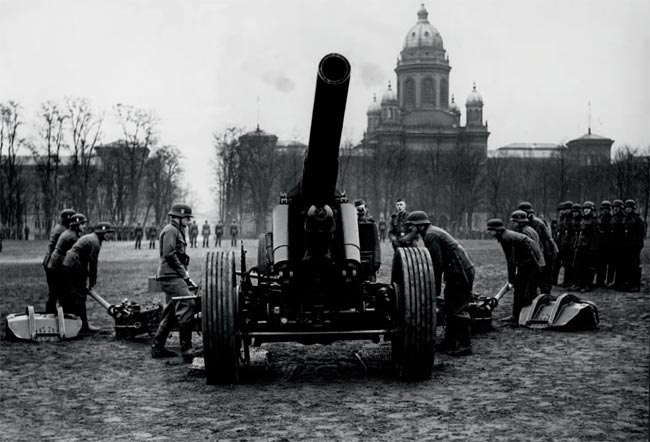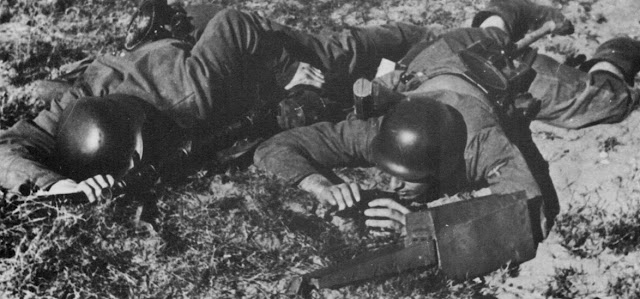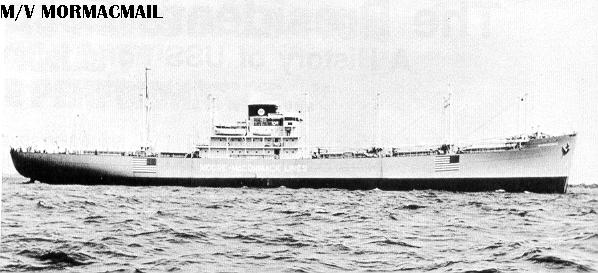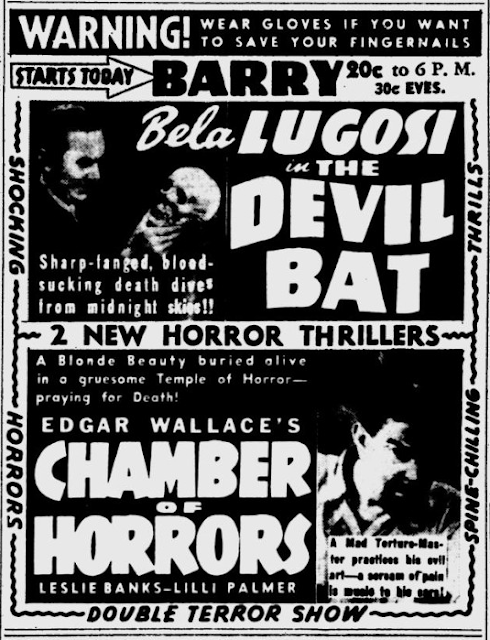Saturday 16 August 1941
 |
| Finnish soldiers under a sign of Joseph Stalin. They are at the entrance of Antrea's raw sugar factory on 16 August 1941. |
The order is quite plain: don't surrender unless we tell you to. While signed by all of the members of the State Defense Committee, it clearly reflects Stalin's own views on how troops should conduct themselves. The concerns raised in Order No. 270 never go away, and, in fact, they remain Stalin's obsession throughout the war. Stalin will return to this basic issue of "keeping the men at their guns" repeatedly throughout the war, particularly during the bitter summer of 1942, but nothing ever works to his complete satisfaction.
Regarding Order No. 270, comrade Stalin is heard to say, "There are no Soviet prisoners of war, only traitors."
The Finns are still on the move in the direction of Leningrad, however. Today, they capture three encircled Soviet battalions at Tolvajaervi and Aeglaejaervi. This is about 50 miles north of Lake Ladoga and about 170 miles north of Leningrad and enhances Axis control of the region.
In the Army Group North sector, LVI Panzer Corps (von Manstein) of Panzer Group 4 (Hoepner) secures Novgorod after fighting into it on the 15th and attacks southwest toward Dno. The Germans also secure a bridgehead across the Volkhov River. This is a strategically vital city at the northern tip of Lake Ilmen that, in conjunction with holding Staraya Russa at the lake's southern tip, enables the Wehrmacht to use the lake as part of the front line and shift units due north toward Leningrad.
The Soviets, of course, realize this and are counterattacking the German position at Staraya Russa. While the Soviets make some progress to the south of the old Russian town, the Germans defend it fiercely, and by day's end OKH Chief of Staff Franz Halder is able to write in the war diary that "south of Lake Ilmen the danger appears to have passed if there ever was any."
 |
| Joseph Stalin. |
In the Army Group Center sector, General Guderian's panzers continue making progress in the direction of Gomel and Bryansk. The attacks, however, are taking longer than the high command would like. Otherwise, the front is unusually quiet.
Complying with Hitler's orders, the OKH reassigns three divisions (12th Panzer, 20th Motorized, and 18th Motorized) from General Hoth's Panzer Group 3 to Army Group North. Hitler hopes that these divisions will help Army Group North take Leningrad quickly, enabling a later attack on Moscow.
In the Army Group South sector, Romanian leader Ion Antonescu authorizes a resumption of the offensive against Odessa following a three-day pause. The Romanians make progress across the entire line, particularly in the area of the city's water reservoirs. The Soviet defenders, under orders to fight to the last man, resist bitterly.
The Germans solidify capture Nikolayev, which the Soviets have evacuated after a brief but fierce defense. The port is stocked with equipment, including coastal guns, the hulks of half-finished ships, ammunition, and repair facilities.
The Red Air Force raids the oilfields at Ploesti, Romania. A Romanian Heinkel He 112 shoots down one of the bombers.
 |
| "The crew of a Blenheim IV of No 88 (Hong Kong) Squadron climb from their aircraft at Attlebridge, Norfolk, after returning from an Army co-operation exercise, 16 August 1941." © IWM (CH 17172). |
The RAF also sends two Fortresses to Brest and two to Dusseldorf. Luftwaffe fighters badly damage a Fortress over Brest. While it limps back to England, it makes a difficult crash-landing and has to be written off. This becomes the first RAF Fortress casualty.
After dark, RAF Bomber Command sends major raids to Cologne, Düsseldorf, and Duisburg.
The RAF puts 72 bombers (37 Wellingtons, 29 Whitleys, and 6 Halifaxes) over Cologne. The objectives are railway yards. Visibility is poor, and there are no casualties and only very light damage. Seven Hampden bombers and one Wellington fail to return.
The RAF sends 54 Wellington bombers to attack railway yards at Duisburg. The attack causes moderate damage, and one Wellington fails to return.
The RAF sends 52 Hampdens and six Manchester bombers over Düsseldorf. As with the other attacks, the objectives are railway yards. The RAF pilots claim to see a large number of fires, but the Germans themselves often set fires as decoys, so the amount of damage caused is uncertain. The RAF loses three Hampdens and two Manchester bombers on this raid.
There also are minor raids to Rotterdam (10 Wellingtons), Ostend (4 Hampdens and 2 Manchester bombers), and one training flight over the Continent. There are no losses on these missions.
Luftwaffe Lt. Hans Hahn of I./NJG 2 downs a Wellington over Scunthorpe. Shrapnel from the exploding plane destroys one of the engines on his own Junkers Ju 88 night fighter, but he manages to nurse the plane back to base.
 |
| An Enigma machine in the radio car of the staff of the 7th Panzer Division while serving in the Soviet Union, 16 August 1941 (Lücke, Federal Archive, RH 82 Bild-00028). |
Battle of the Atlantic: The Germans organize their operations in northern Norway and Finland by establishing an Arctic Ocean U-boat Command. The Kriegsmarine has U-451 and U-566 operating in the area with plans to send more there. The Royal Navy now also has a submarine operating in the area, HMS Trident (Cmdr. Sladen), which is based in Polyarny and today leaves port on a patrol.
The Luftwaffe scores a near-miss against tug Ness Point at Lowestoft. The tug sinks, but it is raised on the 23rd and repaired.
The 17th Motor Launch Flotilla departs from Gibraltar bound for Bathurst.
US Navy battleship USS Mississippi ends its neutrality patrol when it returns to Hampton Roads, Virginia along with accompanying destroyers.
Part of Convoy WS-10X departs from the Clyde and meets another part of the convoy, which had departed from Liverpool on the 15th, at sea. It is bound for Capetown, Aden, and Suez. Convoy ON-8 departs from Liverpool, Convoy HX-145 departs from Halifax bound for Liverpool.
Royal Navy destroyer HMS Lamerton (Lt. Commander Hugh C. Simms) is commissioned.
Canadian corvette HMCS The Pas is launched at Collingwood, Canada.
Australian minesweeper HMAS Geraldton and boom defense ship Karangi are launched.
U-135 (Kptlt. Friedrich-Hermann Praetorius) is commissioned, U-88 and U-407 are launched, U-667 is laid down.
 |
| Messerschmitt Bf 109 F-2 7 Wnr.12866 from 3./JG1, damaged by Lt. Heinz Knoke while training, 16th August 1941. |
On 26 July there were certain coast defences on the Island of Malta manned by the Royal Malta Artillery which had not opened fire for the whole of the war. There they had stood at their posts, day after day, night after night. What a good reason for boredom; what an excuse for relaxing vigilance... by the skill and unceasing watchfulness of the Royal Malta Artillery, a British machine-gun detachment and some anti-aircraft guns manned by Maltese, this first serious attack of Italian surface craft was smashed.The Italian attack actually was "smashed" by Italian clumsiness when a charge they set to remove a net from a bridge blew up the bridge itself. However, this is a rare moment for the isolated defenders of Malta to bask in the publicity of a speech disseminated around the world.
Destroyers HMS Kandahar and Kimberley make the nightly supply run to Tobruk, immediately unloading and heading back to Alexandria as usual. This is part of the continuing rotation of Australian troops out of Tobruk and Polish troops in to replace them. During the entire operation, which lasts about a week, about 5,000 men rotate out and are replaced.
Royal Navy submarine HMS Torbay sinks 28-ton Greek steamboat Evangelistra (being used by the Italians) near Benghazi.
The RAF bombs Syracuse and Catania airfields on Sicily.
Italian minelayers Aspromonte and Reggio lay minefield SN-42 in the Sicilian Strait.
An Italian supply convoy departs from Naples bound for Tripoli. It has six freighters/transports escorted by three destroyers and three torpedo boats. Dutch submarine O-23 spots an Italian ship midway between Naples and Palermo and attacks but misses - it is probably this convoy.
Operation Guillotine, the British reinforcement of Cyprus, continues as Royal Navy sloop Flamingo escorts transport Salamaua from Port Said toward Famagusta.
 |
| 130mm coastal guns left behind by the Soviets in Mykolaiv when they evacuated it on 16 August 1941. |
Soviet submarine L-5 (Lt. Cmdr. Zhdanov) lays 14 mines off Mangalia, Romania.
US/Japanese Relations: With all sorts of different interpretations regarding the Atlantic Charter and its effects upon the Pacific region being floated, Japanese Ambassador Nomura meets with Secretary of State Cordell Hull in Washington in an effort to renew relations. Nomura stresses the need for peace because a war would last for several years until one side or the other were exhausted. He hints that it is important for the United States not to allow Britain to drag it into a war. Nomura denies that Japan is under a military dictatorship and only sought to defend the region. He again, as he has in the past, proposes a summit meeting between the leaders of the United States and Japan.
Hull, at least in Nomura's opinion as relayed to Tokyo, seems less rigid than previously about Japanese activities. Hull promises to talk to President Roosevelt about the matter when the President returns to Washington. However, Nomura is clear about the consequences of any further Japanese adventurism:
As I have successively reported to you, Japanese-American relations have today reached a stage in which anything might happen at any moment, and they are likely to grow worse suddenly as soon as Japan makes her next move. That this sudden change will take place with Japan's occupation of Thailand is a view upon which both Japanese and Americans agree.Nomura also notes in his report that Allied confidence in ultimate victory was growing because the war in the Soviet Union was turning into a battle of attrition which would weaken Germany regardless of whether it conquered the USSR or not.
Anglo/Soviet Relations: In Moscow, British and Soviet representatives sign a trade pact. The British grant the Soviets a £10 million credit at 3% interest, which is set quite low as a gesture of good faith. At this time, the British expect the Soviets to pay in cash for all deliveries, with the value of Soviet purchases offset for any sales to the British.
Convoy Dervish, carrying British supplies bound for the USSR, departs from Scapa Flow today.
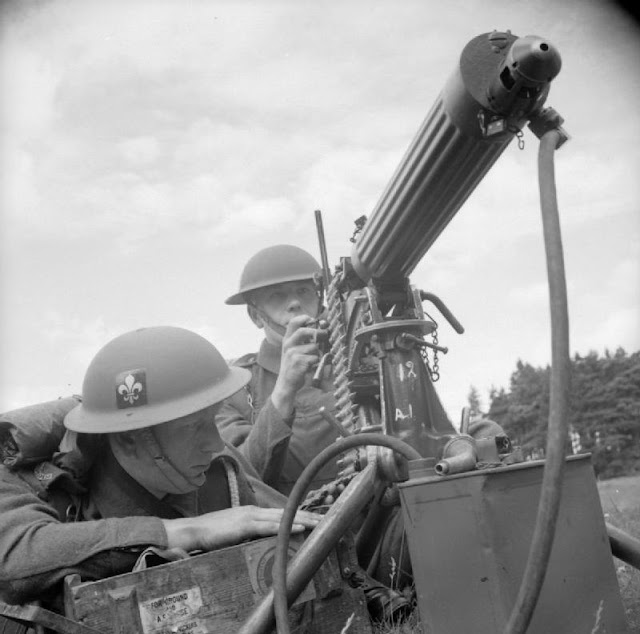 |
| Men of the Manchester Regiment manning a Vickers machine gun, Southern Command, 16 August 1941. |
As in other neutral countries, German authorities have endeavored to pursue in Iran a policy of infiltration by sending their agents to mingle with and replace the resident German community...While the note's reasoning is quite accurately, there actually aren't many Germans in Iran. However, the Allies want to set up a casus belli because Iran is a strategically important country due to its location on the Strait of Hormuz and oil supplies. It also is a potential route for England and the United States to supply the Soviet Union in the event of further German advances.
Anglo/Vichy Relations: With the British satisfied that the Vichy French have returned Commonwealth prisoners from metropolitan France, they permit another Vichy French convoy carrying 5094 troops to depart from Haifa to France.
 |
| Entrance to the Kolosjoki nickel mines in Petsamo, Finland, 1930s. |
US/Australian Relations: US Navy heavy cruisers USS Northampton (CA-26) and Salt Lake City (CA-25) call at Rabaul, New Britain on a goodwill visit. The port of Rabaul has been used by the Australians as a regional base, but the eruption of volcanoes Tavurvur and Vulcan in 1937 forced them to shift most operations to Lae. However, a fairly large Australian population remains there, along with some Australian navy operations.
US Military: The 206th Coast Artillery Regiment (Anti-aircraft) arrives at Dutch Harbor, Alaska after training at Fort Bliss, Texas since early January 1941.
Japanese Military: The Japanese requisition three cargo ships for use in the navy:
7397-ton Awata MaruIn addition, Japanese liner Heian Maru returns from Seattle to Yokohama today. It marks the last Japanese ship from Seattle until after the war. It returns empty.
6667-ton Onoe Maru
3209-ton Kofuku Maru
 |
| Prime Minister Winston Churchill reviewing United States Marines during his visit to Iceland, 16 August 1941 (© IWM (A 4971)). |
While visiting Alþingi, the Icelandic parliament, Churchill allegedly leaves a half-smoked cigar in an ashtray. Someone retrieves the cigar, then gives it to his son. It goes on sale in 2012.
US Government: President Roosevelt's yacht USS Potomac (AG-25) arrives at Rockland, Maine, where the President boards his special train and heads back to Washington.
The Defense Base Act is enacted. this is an extension of the Longhore and Harbor Workers' Compensation Act to cover persons employed at United States defense bases overseas. Workers covered include civilians working for private employers on US military bases or anywhere the US military is operating. Compensation is given to those injured while working on such projects.
 |
| Preparing for Sunday night blackout tests at South Brisbane Australia, 16 August 1941. |
When Russia barricades herself within her frontiers, it's to prevent people from leaving the country and making certain comparisons. That's why Stalin was obliged to introduce Bolshevism into the Baltic countries so that his army of occupation should be deprived of all means of comparison with another system. At the beginning that wasn't Stalin's idea at all.One can see the Iron Curtain descending across Europe in 1946 in Hitler's words.
American Homefront: The top song on the Billboard charts in today's weekly issue is "Daddy" by Swing and Sway with Sammy Kaye with the Kaye Choir. It is in week 7 of an 8-week run atop the chart.
 |
| An Australian trooper, Thomas Cogan, on leave in Perth, 16 August 1941 (Elizabeth Huggett). |
August 1941
August 2, 1941: Uman Encirclement Closes
August 3, 1941: Bishop von Galen Denounces Euthanasia
August 4, 1941: Hitler at the Front
August 5, 1941: Soviets Surrender at Smolensk
August 6, 1941: U-Boats in the Arctic
August 7, 1941: Soviets Bomb Berlin
August 8, 1941: Uman Pocket Captured
August 9, 1941: Atlantic Conference at Placentia Bay
August 10, 1941: Soviet Bombers Mauled Over Berlin
August 11, 1941: Rita Hayworth in Life
August 12, 1941: Atlantic Charter Announced
August 13, 1941: The Soybean Car
August 14, 1941: The Anders Army Formed
August 15, 1941: Himmler at Minsk
August 16, 1941: Stalin's Order No. 270
August 17, 1941: Germans in Novgorod
August 18, 1941: Lili Marleen
August 19, 1941: Convoy OG-71 Destruction
August 20, 1941: Siege of Leningrad Begins
August 21, 1941: Stalin Enraged
August 22, 1941: Germans Take Cherkassy
August 23, 1941: Go to Kiev
August 24, 1941: Finns Surround Viipuri
August 25, 1941: Iran Invaded
August 26, 1941: The Bridge Over the Desna
August 27, 1941: Soviets Evacuate Tallinn
August 28, 1941: Evacuating Soviets Savaged
August 29, 1941: Finns take Viipuri
August 30, 1941: Operation Acid
August 31, 1941: Mannerheim Says No
2020


